Red porphyry of Dysberg.
Sweden.
ca. 1788-1820.
h. 15,5 in.
The baluster shape of the two vases comprising this garniture in red Dysberg porphyry, or röd Dysberg, is found in a similar pair of vases in black Rännäs porphyry dated 1820, adorned with gilt bronze but with identical design and craftsmanship. It is most likely model No. XIX documented in the Price Catalogue of the Porphyry Workshop dated 1805, referenced at the French 1990 exhibition ‘Porphyre. Pierre royale’ held at the Centre culturel suédois in Paris.
Most of the vases, urns, and cups made of Swedish porphyry were designed by Carl Fredrik Sundvall, one of the most influential architects of the Gustavian era and designer for the Älvdalen porphyry workshops between 1788 and 1790, in collaboration with Fredrik Ludvig Rung, court chaser to Gustav III and Gustav IV Adolf.
Swedish porphyry had been discovered in Älvdalen in 1731, though its commercial use began in 1788. Jean-Baptiste Bernadotte, new king of Sweden under the name Charles XIV, acquired the workshops for the Crown in 1818. The workshops remained property of the Crown until 1856. The production of porphyry vases nearly ceased after a fire devastated the workshops in 1869.
Sources
Hans Sundblom et Ingemar Tunander, Porphyre. La Pierre royale, Trelleborg, 1990 ; Hakan Groth, Neoclassicism in the North. Swedish Furniture and Interiors, 1770-1850, New York, 1990 ; Philippes Malgouyres and Clément Blanc-Riehl, Porphyre. La Pierre pourpre des Ptolémées aux Bonaparte, Paris, 2003.



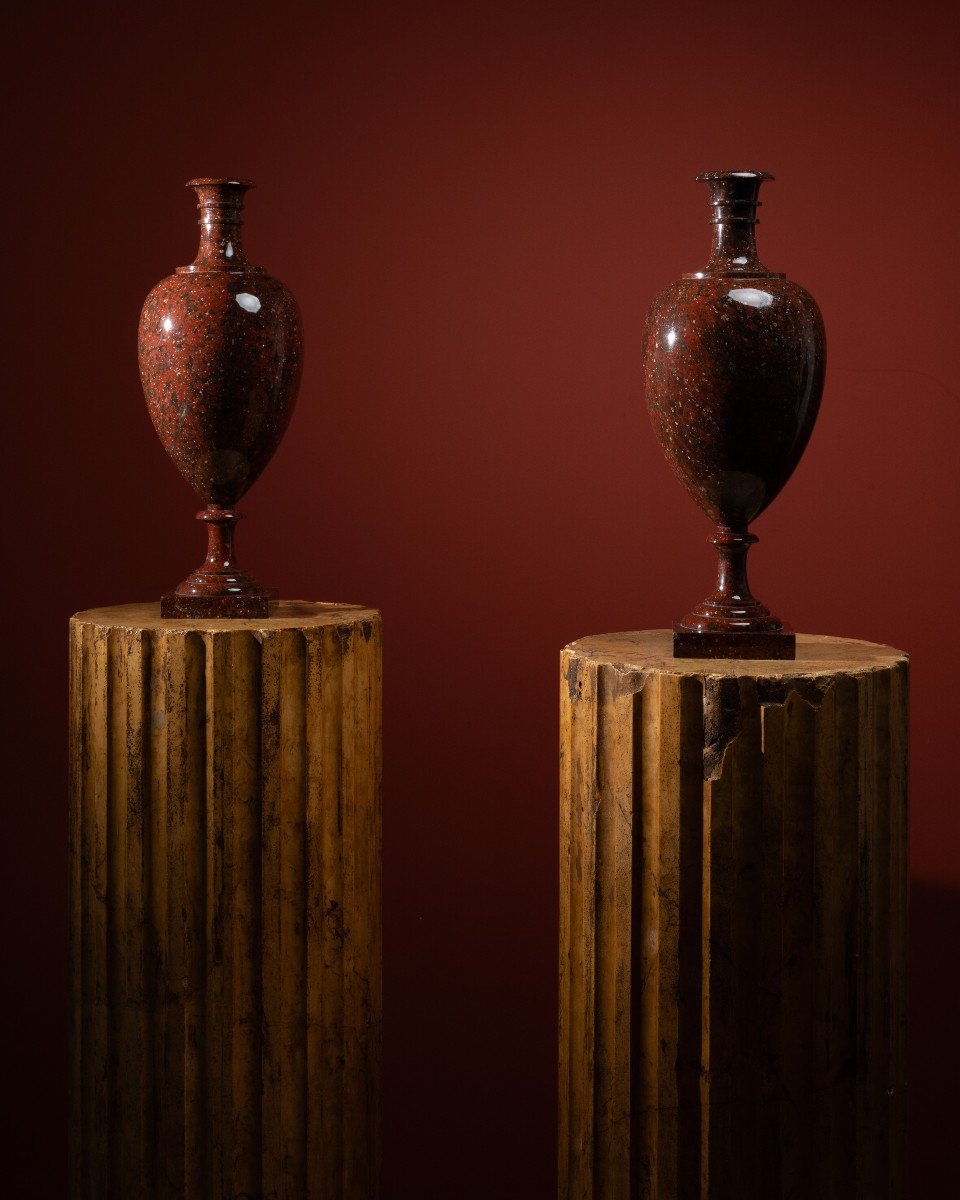








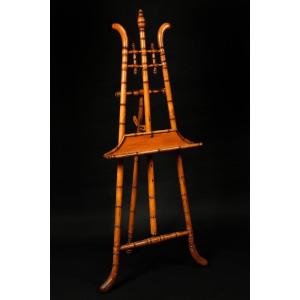
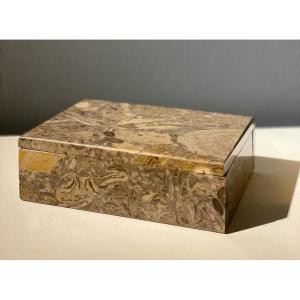


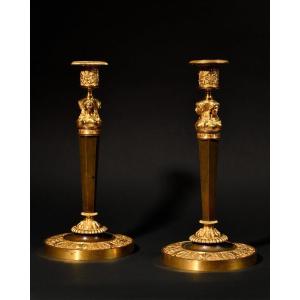


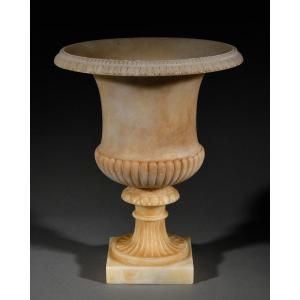


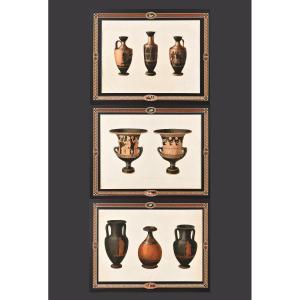
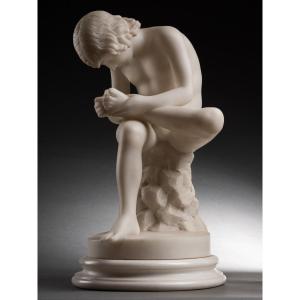
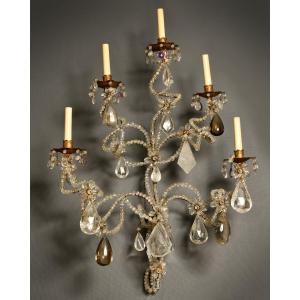








 Le Magazine de PROANTIC
Le Magazine de PROANTIC TRÉSORS Magazine
TRÉSORS Magazine Rivista Artiquariato
Rivista Artiquariato